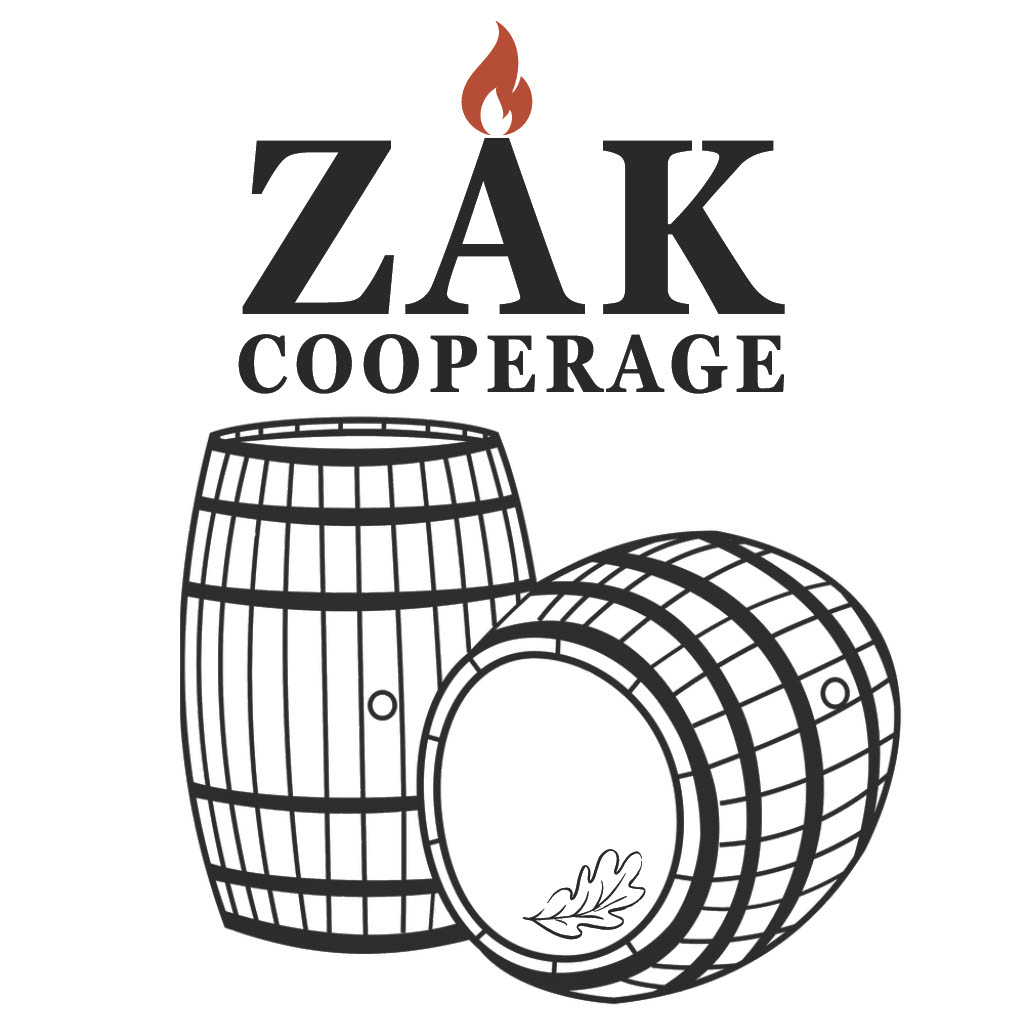Whiskey barrels do more than hold your favorite spirit—they shape its flavor and tell a story of craftsmanship rooted in nature. Behind the smoky notes and smooth finishes lies a tradition that begins in the forests, where the wood is responsibly sourced to ensure sustainability for future generations.
In this blog, we’ll uncover how whiskey barrels are made with responsible forestry practices in mind. From the tree’s first cut to the barrel’s final seal, discover how this age-old craft supports local loggers, promotes forest management, and creates a product that’s as sustainable as it is iconic.
1. The Importance of Sustainable Wood Sourcing
Whiskey barrels are traditionally crafted from oak, a tree that provides durability, flavor, and the ability to withstand years of aging. However, sourcing oak irresponsibly can lead to deforestation and environmental degradation.
Sustainable practices include:
- Selective harvesting, which ensures only mature trees are cut down.
- Reforestation programs that plant new trees to replenish the forest.
- Partnerships with certified forestry organizations like the Forest Stewardship Council (FSC) to guarantee ethical practices.
2. The Role of Local Loggers in Sustainability
Local loggers play a crucial role in ensuring sustainable forestry practices. By prioritizing selective harvesting and working with forestry experts, they maintain the balance between economic needs and environmental responsibility.
Why this matters: Supporting local loggers not only strengthens communities but also ensures the forests they manage remain healthy and productive for generations.
3. Crafting the Barrel: From Tree to Tradition
Once the oak is responsibly sourced, the process of crafting whiskey barrels begins:
- Milling: Logs are cut into staves (the planks that form the barrel).
- Seasoning: The wood is air-dried for 6-18 months, a process that reduces tannins and enhances flavor.
- Assembly: The staves are shaped and joined without nails or glue, creating a watertight seal.
- Toasting and Charring: The inside of the barrel is toasted or charred, which influences the whiskey’s flavor profile.
Each step highlights the harmony between craftsmanship and sustainable practices, ensuring the final product reflects care for both the environment and the spirit.
4. The Environmental Impact of Barrel Aging
Barrel aging isn’t just about taste; it’s a sustainable process in itself. Over the years, barrels are reused and repurposed:
- Whiskey barrels are often used multiple times before being retired.
- Repurposing retired barrels for furniture, planters, or other creative projects reduces waste.
- Composting or recycling wood waste ensures that nothing goes unused.
5. How Responsible Forestry Practices Benefit Whiskey Lovers
Sustainability isn’t just an industry buzzword—it directly affects the quality of whiskey. Healthy forests produce stronger, more flavorful wood, which enhances the aging process. By supporting responsibly made barrels, whiskey lovers can enjoy their drink with the knowledge that it contributes to a greener planet.
Conclusion
The journey of a whiskey barrel begins in the forest, and through responsible forestry practices, it ends with a product that’s as sustainable as it is refined. Supporting local loggers and sustainable barrel production ensures that the rich tradition of whiskey-making continues while protecting our forests for future generations.
Whether you’re a distillery owner, a connoisseur, or someone who values craftsmanship, choosing barrels made with care for the environment is a decision that matters—for you, for the whiskey, and for the planet.
